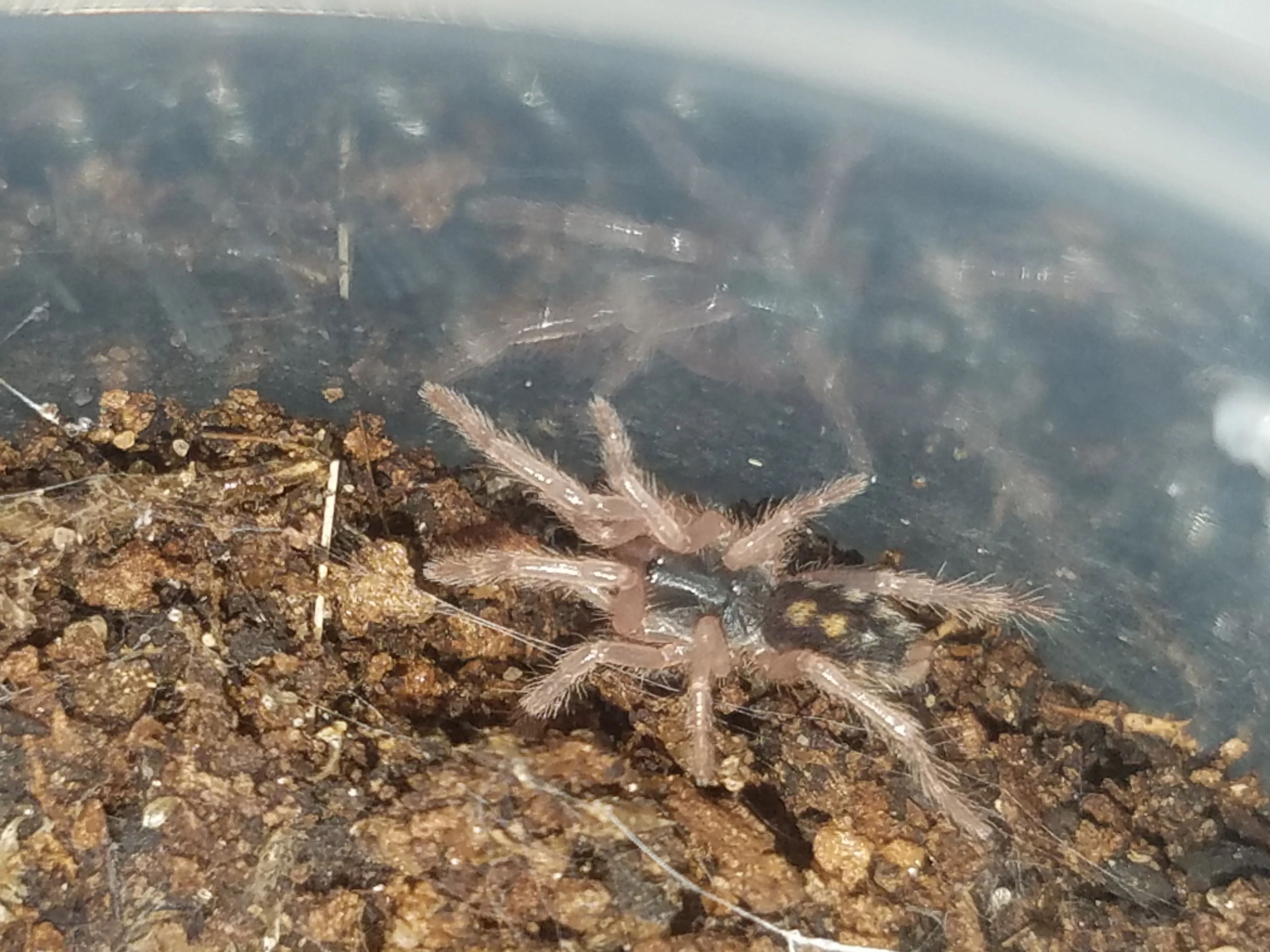Planning Your Pumpkin Patch Tarantula Enclosure
Creating a pumpkin patch tarantula enclosure is a rewarding project that combines your love for these fascinating creatures with the fun of themed environments. Careful planning is essential to ensure the well-being of your tarantula and the aesthetic appeal of the enclosure. Before you begin, research the specific needs of your tarantula species. Consider their size, temperament, and environmental requirements, as different species have different needs. This initial research will guide you in selecting the appropriate enclosure size, substrate, and decorative elements, providing the best possible habitat for your pet. Also, consider the location of the enclosure; a stable environment away from direct sunlight and drafts is best.
Choosing the Right Enclosure Size
The size of the enclosure is crucial for the health and happiness of your tarantula. An enclosure that is too small can restrict movement and lead to stress, while one that is too large can make it difficult for the tarantula to find food and feel secure. As a general rule, the enclosure should be at least three times the tarantula’s leg span in width and length. For terrestrial species, the height of the enclosure is less critical, but it should be sufficient to accommodate the depth of the substrate and any decorative elements. Arboreal species require taller enclosures with plenty of vertical space for climbing. Always prioritize a size that allows your tarantula to comfortably move around and exhibit natural behaviors. Look at the adult size of the tarantula to determine how big the final enclosure needs to be.
Considering Ventilation and Humidity
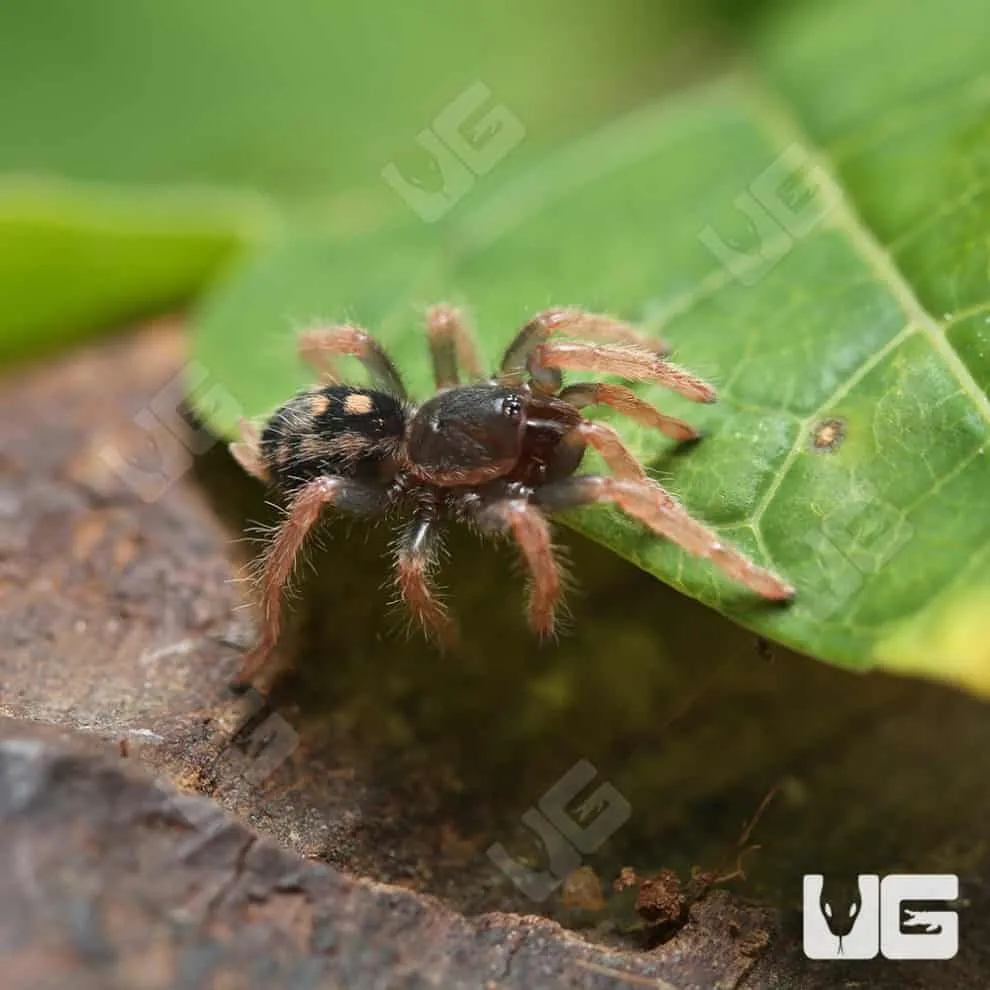
Proper ventilation and humidity control are vital for preventing mold and ensuring the tarantula’s health. Tarantulas thrive in environments with moderate humidity levels, so the enclosure needs proper airflow to prevent condensation and stagnant air. The enclosure should have cross-ventilation, with ventilation holes on opposite sides to promote air circulation. The amount of ventilation needed depends on the species and local climate, but it’s generally better to err on the side of more ventilation, especially in humid environments. The level of humidity needed varies with the tarantula’s species. You can monitor the humidity levels with a hygrometer and adjust the ventilation or misting schedule accordingly. Remember that good ventilation does not mean a dry enclosure; it simply means that the air is circulating effectively, preventing mold growth and stale air.
Selecting Substrate and Decor
The substrate and decor in your tarantula enclosure serve multiple purposes. The substrate provides a comfortable surface for the tarantula to walk on, burrow in, and provides humidity. Coconut fiber, peat moss, and a mix of these materials are excellent options for most species. Avoid substrates like wood shavings or gravel, as they can be harmful. The depth of the substrate depends on the species; terrestrial species need a deeper layer for burrowing. Decor enhances the enclosure’s aesthetic appeal, provides enrichment for the tarantula, and offers places to hide. Include cork bark, artificial plants, and other non-toxic items. Ensure that any decor is securely placed and won’t tip over or trap the tarantula. This is also a great place to get creative with your pumpkin patch theme.
Designing the Pumpkin Patch Theme
Incorporating a pumpkin patch theme adds a fun and creative element to the enclosure. Use miniature pumpkins, gourds, and fall-themed decorations to create a seasonal environment. You can also use artificial leaves, small hay bales, and other elements to complete the look. Ensure all decorations are non-toxic and safe for your tarantula. Avoid small items that the tarantula could ingest. The pumpkin patch theme provides visual interest and can make the enclosure more stimulating for both you and your pet. Place decorations in a way that provides shelter and hiding spots for the tarantula, which is important for their sense of security.
Essential Components for Tarantula Health
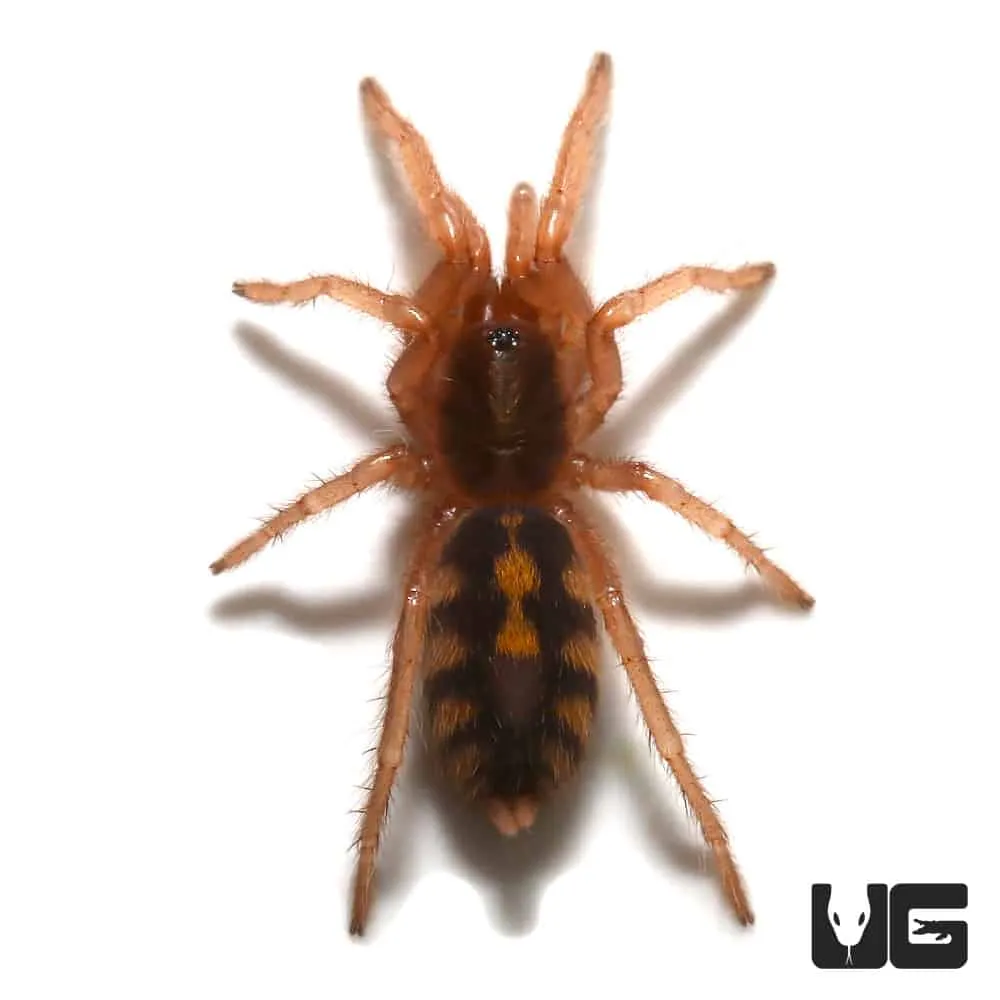
Providing a Heat Source and Lighting
Tarantulas are ectothermic, meaning they rely on external heat sources to regulate their body temperature. While most tarantulas do not require intense heat, providing a moderate temperature gradient is essential. Use a low-wattage heat mat or a ceramic heat emitter to create a warm area in the enclosure. Place the heat source on one side of the enclosure so the tarantula can choose the preferred temperature. Avoid placing the heat source directly under the enclosure, as this can cause the substrate to dry out quickly. Avoid using incandescent bulbs, as they can generate excessive heat and disrupt the tarantula’s natural day-night cycle. A simple LED light can be used to observe the tarantula without generating heat, but it is not essential for the tarantula’s health.
Maintaining Humidity Levels
Humidity is a critical factor in tarantula care, as it affects their ability to molt successfully. The required humidity levels vary depending on the species, but most tarantulas thrive in a moderately humid environment. Monitor humidity levels with a hygrometer, and adjust accordingly. Mist the enclosure with dechlorinated water to raise humidity levels. The frequency of misting depends on the species and the climate. Ensure the enclosure has adequate ventilation to prevent mold growth. Provide a shallow water dish for drinking. Regularly monitor the enclosure to ensure the humidity is within the appropriate range and that the tarantula is not experiencing any signs of dehydration, such as wrinkling or a shrunken abdomen.
Feeding and Watering Your Tarantula
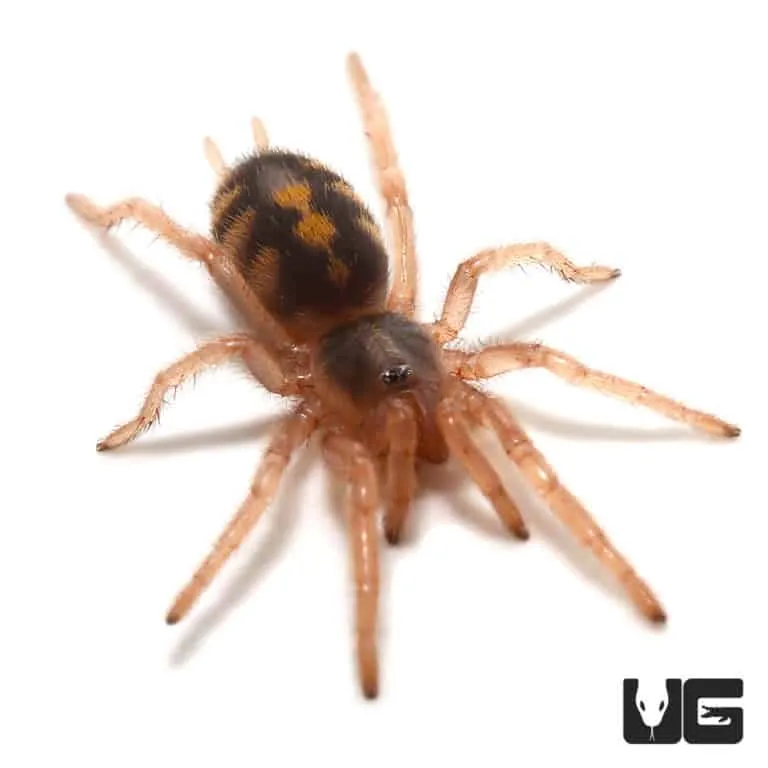
Feeding your tarantula is a simple process, but essential for its health. Tarantulas typically eat insects, such as crickets, mealworms, and roaches. The size of the prey should be appropriate for the tarantula’s size; a general rule is that the prey should be no larger than the tarantula’s body. Feed juvenile tarantulas once or twice a week, and adults every week or two. Remove any uneaten prey within 24 hours to prevent them from stressing the tarantula. Provide a shallow water dish filled with fresh water at all times. Ensure that the water dish is easily accessible and the water is clean. Regularly check the water dish to ensure it is clean and full. Proper feeding and watering are vital for your tarantula’s overall health and well-being.
Constructing the Pumpkin Patch
Building the Enclosure Base
The base of the enclosure sets the foundation for your pumpkin patch. If you are using a glass or acrylic terrarium, ensure it is clean and free of any residue. For a more DIY approach, you can build your enclosure. When building your enclosure, it is important to ensure that it is escape-proof. The lid should fit securely, and any ventilation holes should be small enough that the tarantula cannot escape. The base of the enclosure should provide a stable and secure foundation for the substrate and decorations. Choose a material that is easy to clean and maintain, and that will withstand the humidity levels required for your tarantula. Consider using a sealed container to hold the substrate, which can help maintain humidity and prevent leaks.
Adding the Pumpkin Patch Elements
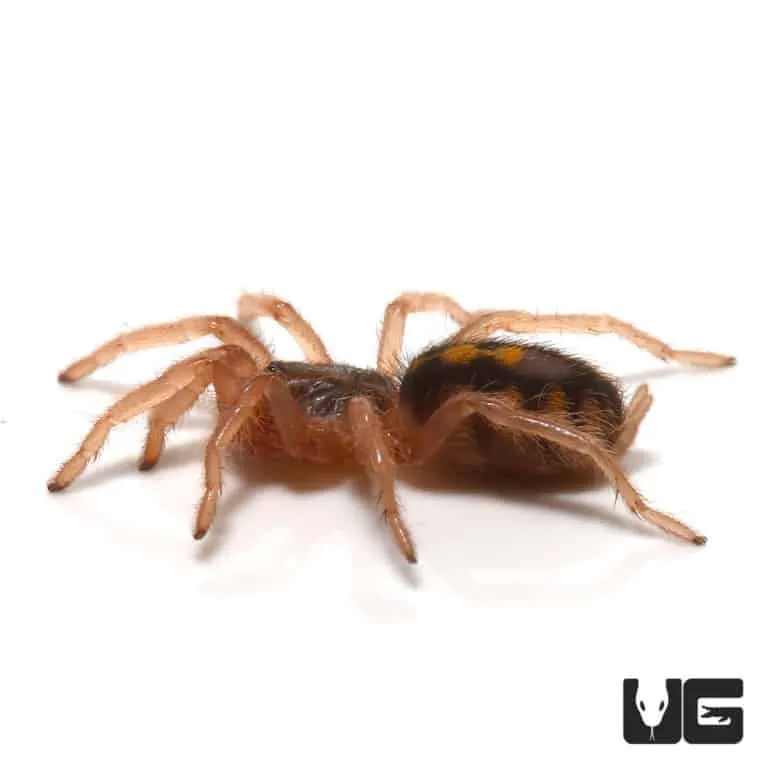
Once the base is set, it’s time to add the pumpkin patch elements. Start with the substrate, adding the appropriate depth for your tarantula species. Then, arrange the decorations in a way that creates a visually appealing and enriching environment. Position the miniature pumpkins, gourds, and other fall-themed items strategically. Include hiding spots like cork bark or artificial plants to provide security for your tarantula. Ensure that all decorations are securely placed and do not pose any hazard to the tarantula. Provide climbing areas for arboreal species, and burrowing opportunities for terrestrial species. The pumpkin patch elements should not only be visually appealing but also functional, offering shelter and enrichment.
Securing the Enclosure
Securing the enclosure is a crucial step to prevent escapes and protect your tarantula. Ensure the lid fits securely, and that there are no gaps where the tarantula can escape. If you are using a screen lid, make sure it is well-secured, and the mesh is fine enough that the tarantula cannot squeeze through. Check the enclosure regularly for any signs of damage or wear and tear. Consider using a locking mechanism if you have small children or other pets. The enclosure should be placed in a secure location, away from areas where it could be accidentally knocked over. Regularly inspect the enclosure to ensure everything is secure and that your tarantula is safe.
Ongoing Maintenance and Care
Cleaning and Maintaining the Enclosure
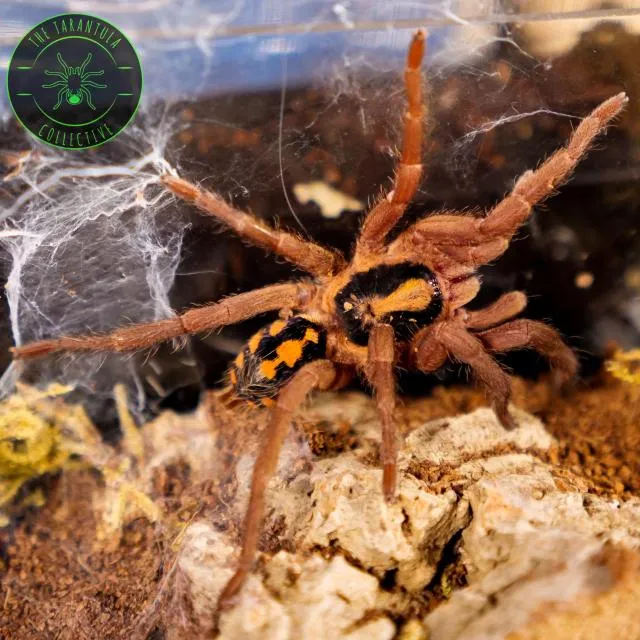
Regular cleaning and maintenance are essential for a healthy tarantula enclosure. Spot-clean the enclosure regularly by removing any uneaten food, shed exoskeletons, and waste. Perform a full substrate change every few months, depending on the substrate type and the amount of waste produced. Clean the enclosure walls and decorations as needed, using a reptile-safe cleaner. Avoid using harsh chemicals, as these can be harmful to your tarantula. Always rinse all cleaning materials thoroughly before returning them to the enclosure. Maintaining a clean enclosure will prevent the buildup of harmful bacteria and fungi, which can cause illness in your tarantula. Establish a regular cleaning schedule to make maintenance easier and ensure a healthy environment for your pet.
Monitoring Your Tarantula’s Health
Closely monitoring your tarantula’s health is critical to identify and address any potential problems. Observe your tarantula’s behavior, appetite, and overall appearance. Look for any signs of illness, such as lethargy, loss of appetite, or unusual posture. Watch for any changes in the enclosure environment that could be affecting your tarantula’s health, such as excessive dryness or humidity. If you notice any unusual signs, consult with an experienced tarantula keeper or a veterinarian who specializes in exotic animals. Early detection and intervention can often prevent serious health issues. Regular observation and monitoring are the best ways to ensure that your tarantula remains healthy and happy in its pumpkin patch enclosure.
